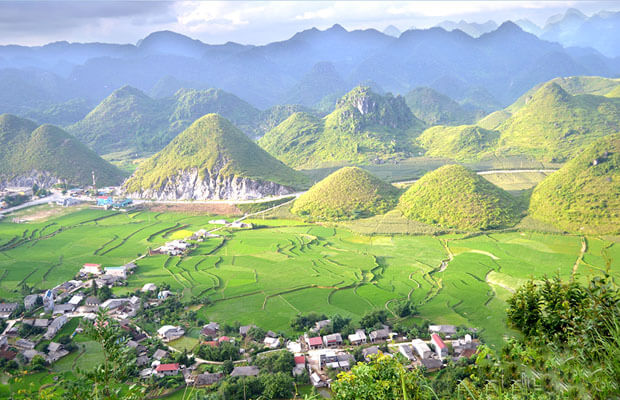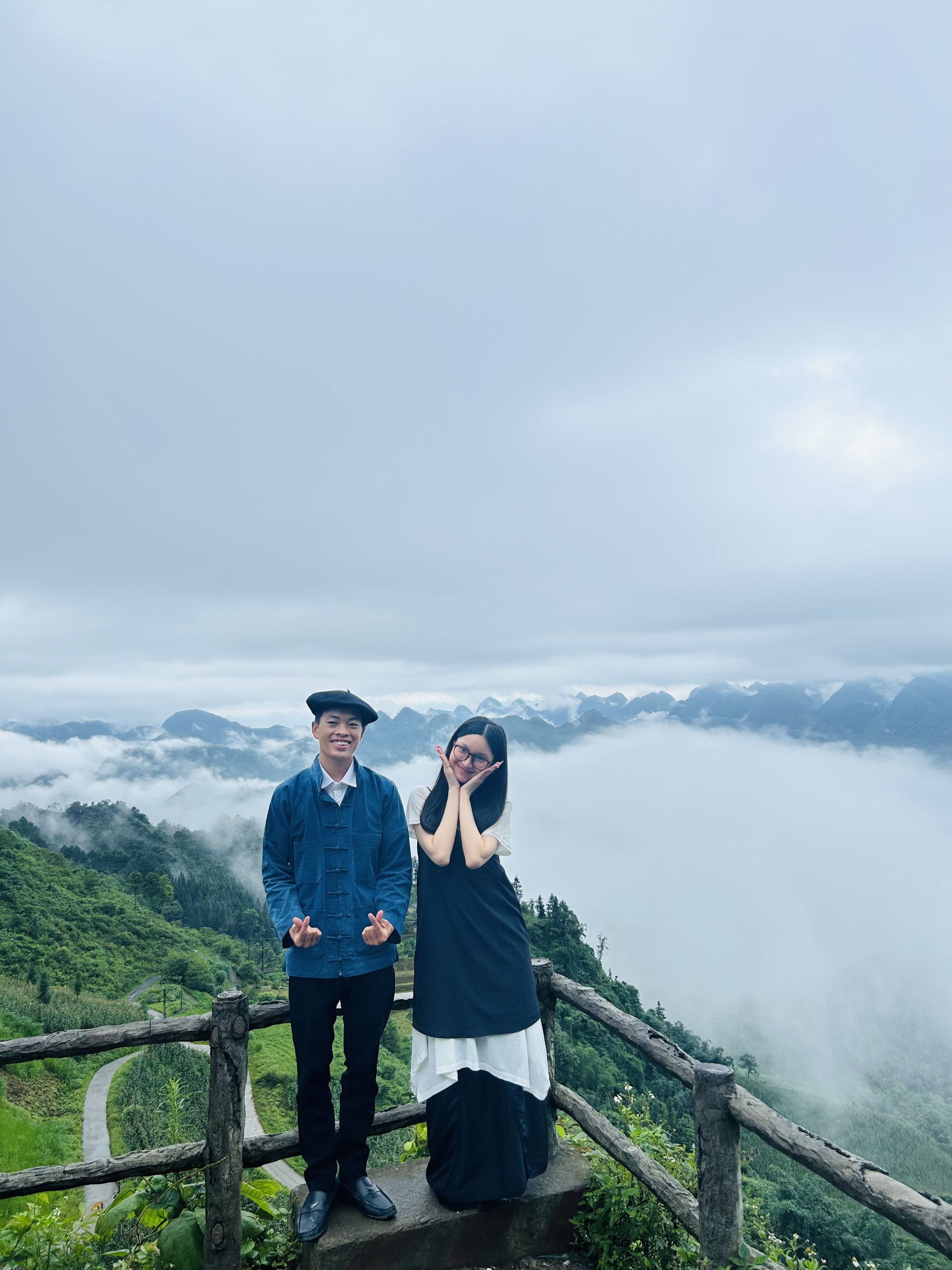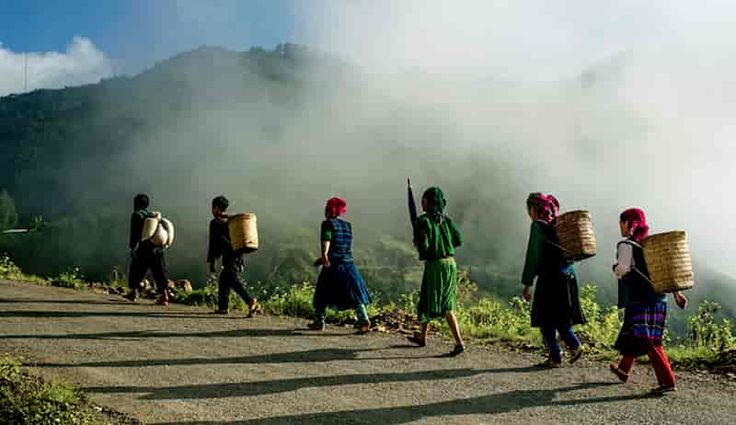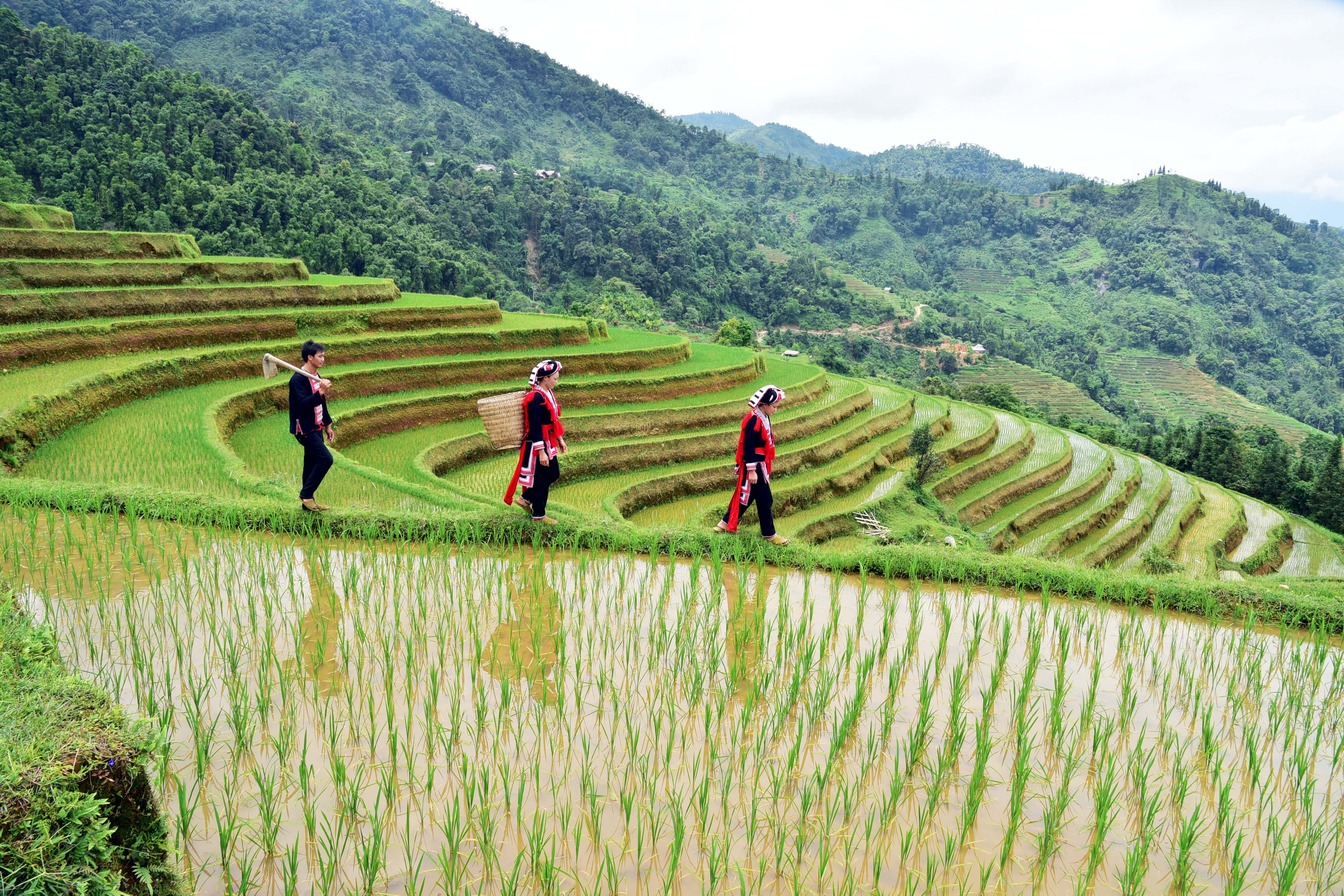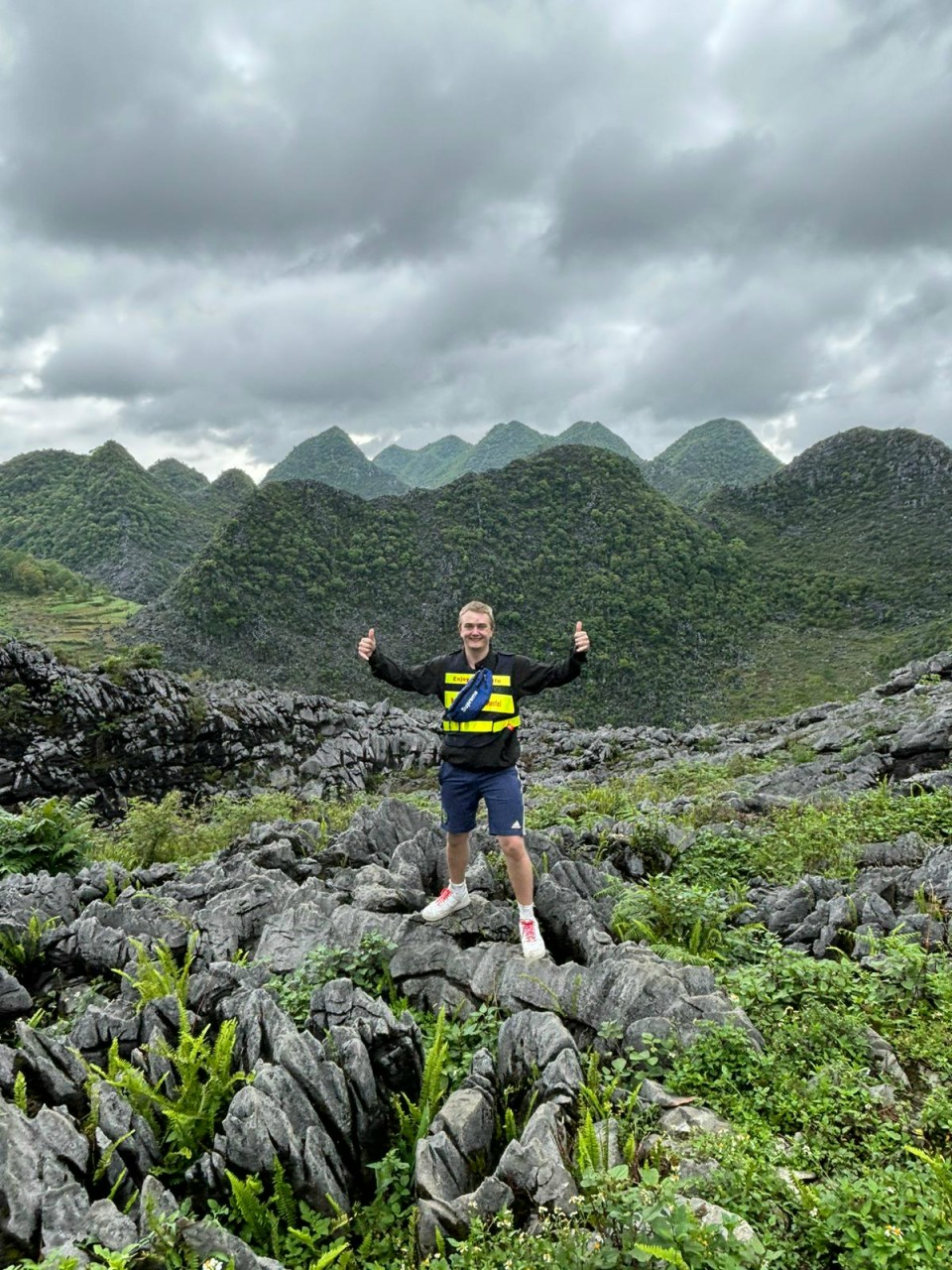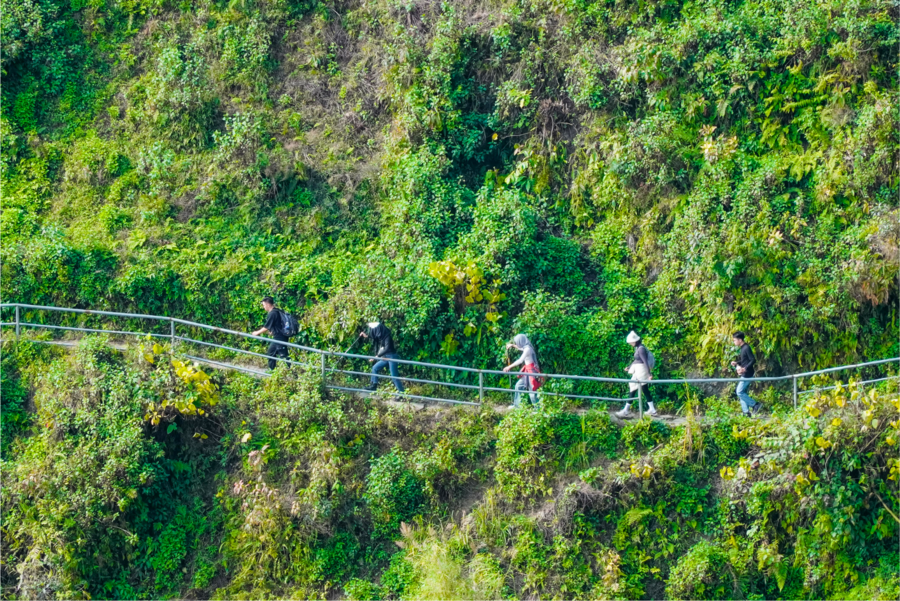Among the many breathtaking landscapes along the Ha Giang Loop, one of the most iconic natural wonders is the Quan Ba Twin Mountains. Known locally as Fairy Bosom due to their unique shape, these two mountains have become a symbol of Ha Giang’s beauty. Nestled in the heart of the Dong Van Karst Plateau Geopark, the Quan Ba Twin Mountains are not only a geological marvel but also a place of legend, culture, and inspiration.
In this article, we will explore the origin, beauty, and travel experiences that make Quan Ba Twin Mountains a must-see destination for anyone visiting Ha Giang.
Recommended Tours for You:
Where are Quan Ba Twin Mountains?
The Quan Ba Twin Mountains are located in Tam Son town, Quan Ba district, about 50 km north of Ha Giang city along National Highway 4C. This road is part of the legendary Ha Giang Loop, also known as the Happiness Road.
The mountains rise prominently in a wide valley surrounded by lush rice fields and terraced farms. From above, they look like two perfectly symmetrical green hills standing side by side, making them one of Ha Giang’s most photographed attractions.
Why Visit Quan Ba Twin Mountains?
The Quan Ba Twin Mountains are more than just a scenic stop—they are a blend of geology, legend, and culture. Their unique shape, tied to local folklore, symbolizes the deep connection between humans and nature in Ha Giang. For travelers on the Ha Giang Loop, stopping at Quan Ba is like opening the first gate to the wonders of the Dong Van Karst Plateau.
Beyond their iconic beauty, the Twin Mountains also represent the harmony of Ha Giang’s landscapes: majestic limestone peaks, fertile valleys, and peaceful villages. Standing here, visitors can truly feel the contrast between rugged karst formations and the softness of rice fields and pine forests. It is this harmony that makes the Fairy Bosom not just a place to admire, but also a place to reflect on the cultural and natural richness of northern Vietnam.
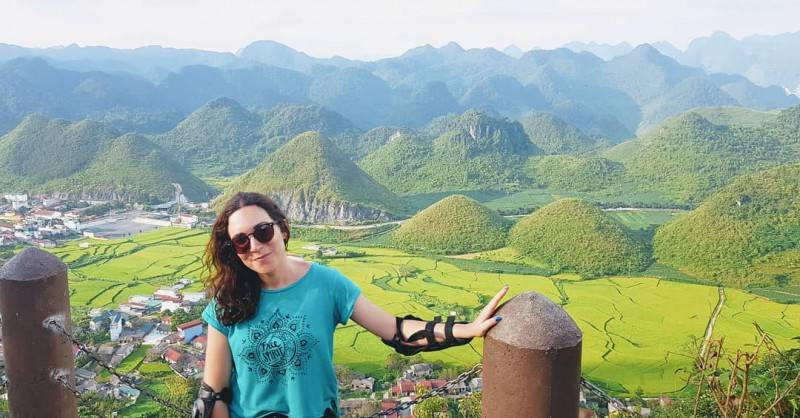
The Legend of the Fairy Bosom
Local folklore gives the Quan Ba Twin Mountains a mystical charm. According to the Hmong legend, a fairy fell in love with a poor man in the region and bore him a child. When the Heavenly King found out, he forced her to return to the sky. Before leaving, the fairy left her breasts behind to nourish her baby. These breasts became the twin mountains we see today, symbolizing the mother’s eternal love.
This legend not only enriches the mountains’ cultural value but also explains why locals call them the Fairy Bosom.
Geological Significance
Beyond the legend, the Quan Ba Twin Mountains are also a geological wonder. Formed millions of years ago by karst erosion and tectonic activity, their round, smooth shapes stand out dramatically among the rugged limestone peaks of Ha Giang. Their unique formation has drawn interest from geologists and travelers alike.
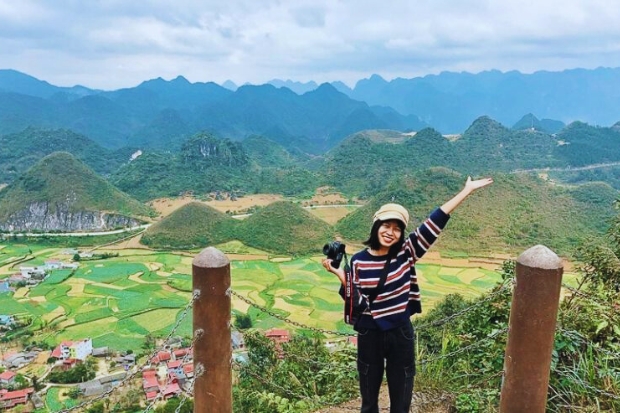
Best Views of Quan Ba Twin Mountains
1. Quan Ba Heaven Gate
The best viewpoint to admire the Quan Ba Twin Mountains is from Quan Ba Heaven Gate, located at an altitude of 1,500 meters. From here, you can see the twin peaks rising majestically in the middle of a fertile valley, with rice fields and traditional villages scattered around.
2. Tam Son Town
From Tam Son town, travelers can get a closer view of the mountains. The lush greenery in summer and golden rice fields in autumn make the landscape especially photogenic.
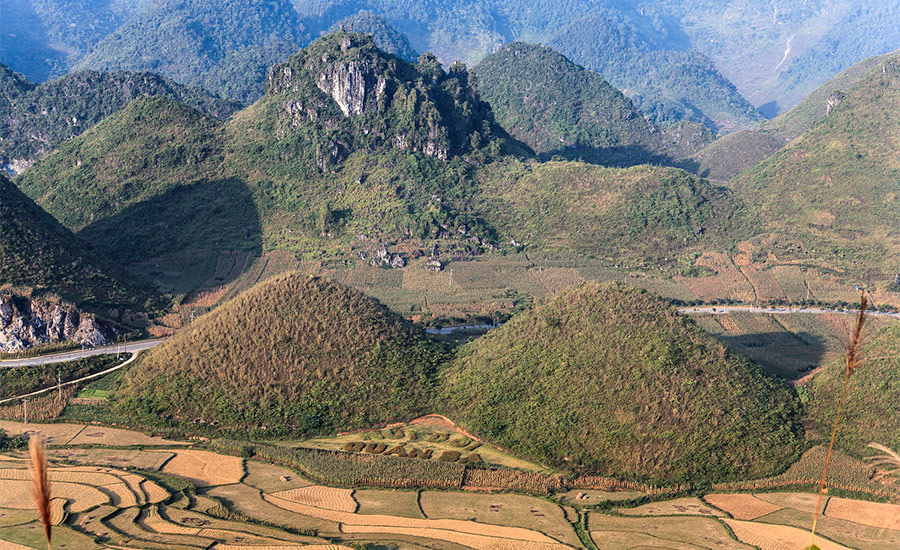
Things to Do at Quan Ba Twin Mountains
-
Photography: Capture the iconic scenery of the Fairy Bosom from different angles.
-
Cultural Exploration: Visit nearby Hmong, Dao, and Tay villages to learn about local traditions and handicrafts.
-
Trekking: Combine your visit with short hikes in surrounding hills and terraced fields.
-
Relaxation: Simply enjoy the fresh air, cool climate, and peaceful beauty of Quan Ba district.
Best Time to Visit Quan Ba Twin Mountains
The Quan Ba Twin Mountains are beautiful year-round, but each season has its charm:
-
Spring (Feb – Apr): Peach and plum blossoms brighten the valley.
-
Summer (May – Aug): Lush greenery creates a refreshing landscape.
-
Autumn (Sept – Nov): Golden rice terraces make the scenery magical.
-
Winter (Dec – Jan): Mist and cool weather give the mountains a mystical feel.
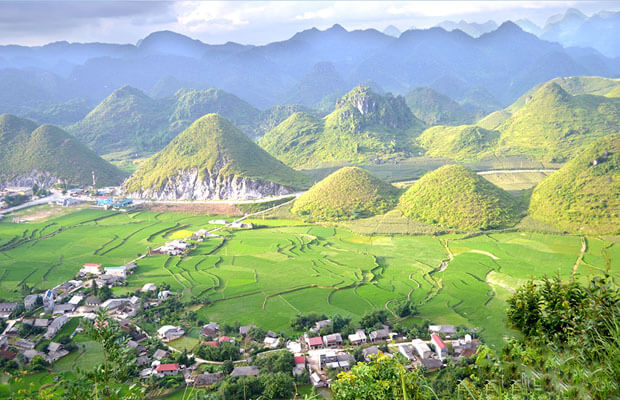
How to Get to Quan Ba Twin Mountains
-
From Hanoi to Ha Giang City:
-
By bus: Overnight sleeper buses take 6–8 hours.
-
By motorbike: A 300 km ride, popular among adventurous travelers.
-
-
From Ha Giang City to Quan Ba:
-
Follow National Highway 4C northwards.
-
After about 50 km, you will reach Quan Ba district and the Heaven Gate viewpoint.
-
The Quan Ba Twin Mountains can be admired directly from here.
-
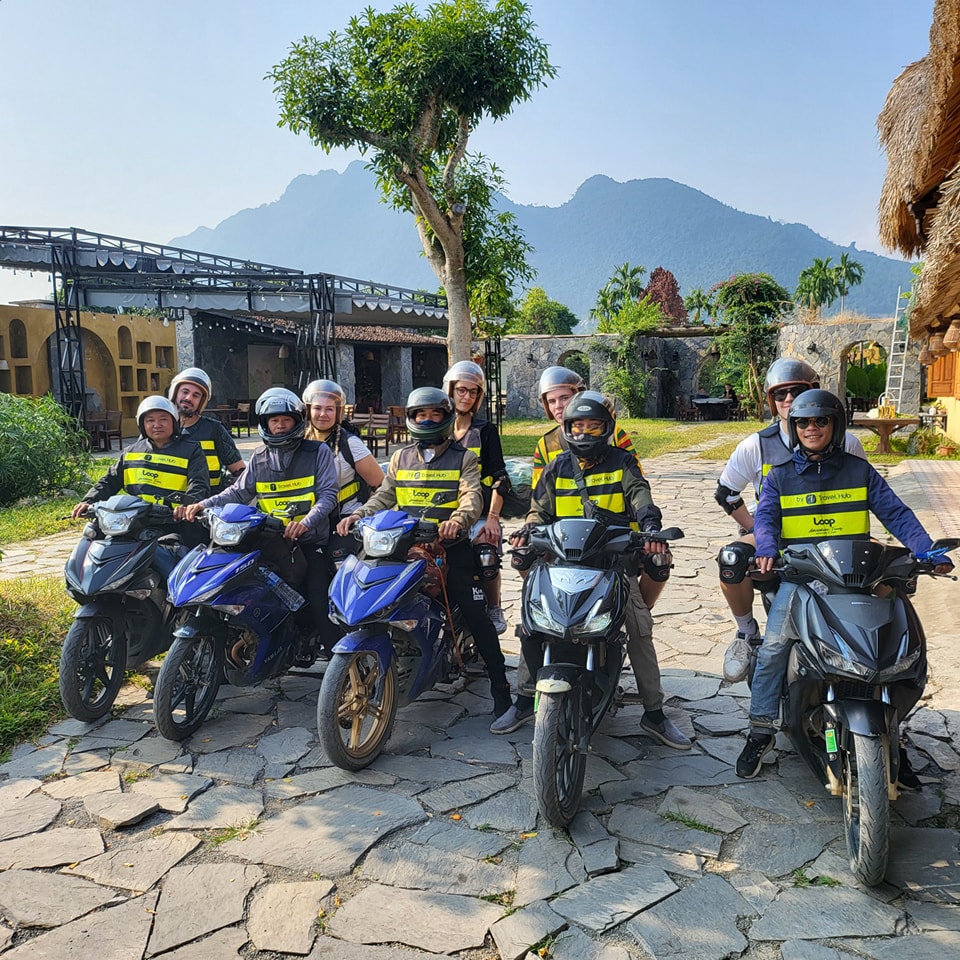
Travel Tips
-
Visit early morning: Mist often covers the mountains, creating a magical scene.
-
Bring a good camera: The Fairy Bosom is one of Ha Giang’s most photographed spots.
-
Stay in Tam Son town: Homestays are available for those who want to experience local life.
-
Combine with other stops: Quan Ba is the gateway to the Dong Van Karst Plateau, so plan to continue toward Yen Minh, Dong Van, and Ma Pi Leng Pass.
Nearby Attractions
While visiting the Quan Ba Twin Mountains, don’t miss:
-
Quan Ba Heaven Gate – Stunning panoramic views of the valley.
-
Yen Minh Pine Forest – Known as the “second Da Lat of the north.”
-
Dong Van Old Quarter – A cultural hub blending Hmong and French architecture.
-
Ma Pi Leng Pass & Nho Que River – Iconic landscapes of Ha Giang.
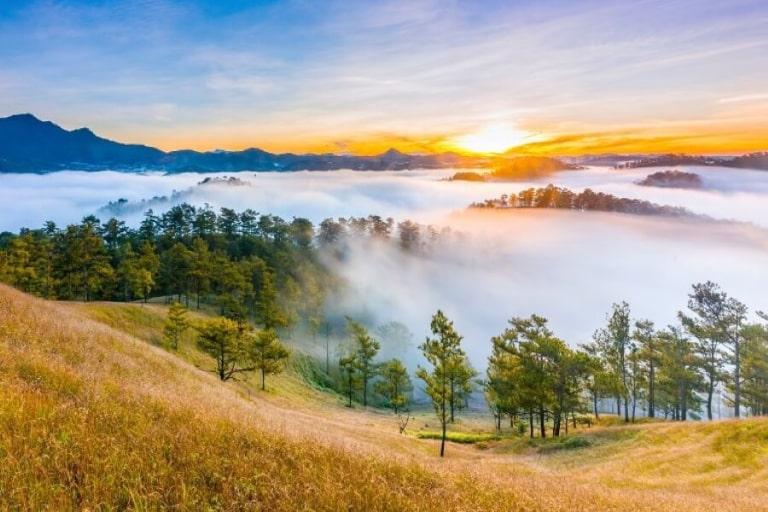
Conclusion
The Quan Ba Twin Mountains, also called the Fairy Bosom, are a natural and cultural treasure of Ha Giang. With their unique shape, legendary story, and breathtaking surroundings, they stand as a symbol of the province’s beauty.
👉 On your journey through the Ha Giang Loop, don’t forget to stop at Quan Ba Twin Mountains—a destination that perfectly combines legend, geology, and unforgettable scenery.


